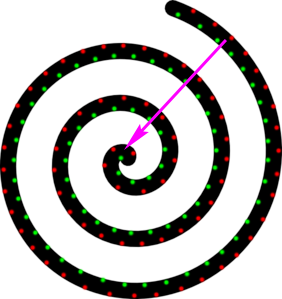- Jun 1, 2016
- 321
- Tinnitus Since
- 2011
- Cause of Tinnitus
- Vestibular Nueritis, loud music (dubstep)
https://en.wikipedia.org/wiki/Stereocilia_(inner_ear)
Tinnitus just got a whole lot more complicated. I just realized I've spent days weeks months obsessing over an ignorant idea that my hair cells are damaged when in all likely hood that's not the case!!!
This is both a great realization, and a heartbreaking one. Heartbreaking due to the overwhelming ignorance of the word "tinnitus" and its pathologies.
Tinnitus just got a whole lot more complicated. I just realized I've spent days weeks months obsessing over an ignorant idea that my hair cells are damaged when in all likely hood that's not the case!!!
This is both a great realization, and a heartbreaking one. Heartbreaking due to the overwhelming ignorance of the word "tinnitus" and its pathologies.

 Member
Member Manager
Manager
 We need that kind of non-conventional thinking to solve the biggest mysteries we know.
We need that kind of non-conventional thinking to solve the biggest mysteries we know.
 But it looks like the bottom of the hair cell is very thin and I think they usually break at this spot (google "outer hair cell rootlet").
But it looks like the bottom of the hair cell is very thin and I think they usually break at this spot (google "outer hair cell rootlet").  I imagine it would be something like tuning a radio!
I imagine it would be something like tuning a radio!  That ought to work! Just like we normally do when we comb our hair on top of our heads.
That ought to work! Just like we normally do when we comb our hair on top of our heads. 

 yeah the damage should depend on the pressure, some of them look broken, some of them look just tangled.
yeah the damage should depend on the pressure, some of them look broken, some of them look just tangled.